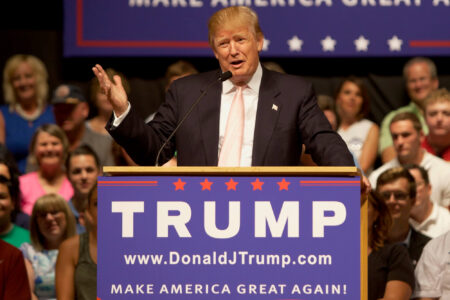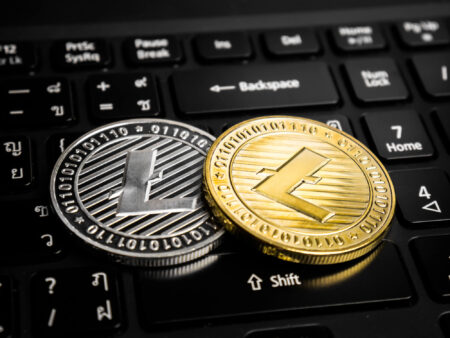What has happened this week in the world of blockchain and cryptocurrencies? The most relevant local and international events, as well as appealing background reports, are presented in a pointed and compact manner in the weekly review.
Selected articles of the week:
Last week, the Senate confirmed Paul Atkins as the new chairman of the U.S. Securities and Exchange Commission (SEC). The former commissioner faces numerous challenges in his new role. While cryptocurrencies make up only a small portion of the U.S. market, their importance could grow significantly for the new chairman due to urgent deadlines. Over 60 applications for crypto ETFs are currently on the SEC’s table. Among the hottest candidates are the cryptocurrencies XRP and Solana (SOL). The agency could give the green light for the funds as early as May, with some final deadlines in the second half of the year.
A summarizing review of what has been happening at the crypto markets of the past week. A weekly report in cooperation with Kaiko.
Trump combines memecoins and NFTs
The latest crypto initiative from the Trump brand involves a digital board game that combines NFTs and the newly launched TRUMP memecoin. In the game, users are supposed to buy, build, and trade virtual properties – similar to the classic board game Monopoly. The twist: all game actions are represented by NFTs, and all transactions are conducted using the TRUMP memecoin. The project is closely linked to Trump’s previous crypto activities, including his NFT collections that have regularly made headlines since 2022. The goal is to transform Trump’s brand world into an interactive Web3 experience.
Trump launches NFT board game with TRUMP memecoin – a Web3 project between crypto hype, politics, and potential conflict of interest.
Treasury lifts sanctions on smart contract
Tornado Cash is a digital privacy tool developed to obscure transaction paths in cryptocurrencies. As a decentralized software protocol, it allows Ethereum users to conduct transactions with increased anonymity by severing the direct link between the sender and receiver’s wallets. Due to heavy misuse by hacker groups like North Korea’s Lazarus, Tornado Cash came under the radar of the U.S. Department of the Treasury in 2022. As the first decentralized smart contract, the platform was sanctioned, sparking an outcry at the time. Two years later, an appeals court ruled that the Treasury had overstepped its legal boundaries. Autonomous software that cannot be altered or controlled by humans does not fit the legal definition of “property” under federal laws and, therefore, cannot be sanctioned.
The US lifts Tornado Cash sanctions after court ruling, marking a turning point for crypto regulation and blockchain privacy innovation.
How relevant is the digital silver today?
Litecoin was one of the first cryptocurrencies after Bitcoin. The project was founded in 2011 by Charlie Lee, who was employed at Google at the time and wanted to create a cryptocurrency that could address some of Bitcoin’s limitations, such as scalability. Lee built Litecoin using Bitcoin’s software, which is why he saw Litecoin as a complement to Bitcoin rather than a competitor – like silver to Bitcoin’s gold. However, more than a decade after its founding, the use of the network remains rather sparse. The price development relative to Bitcoin also points to a rather failed project.
Litecoin offers fast, low-fee, private transactions via MimbleWimble, but still struggles to match Bitcoin’s adoption.
Bitcoin could benefit from a weak dollar
In addition: Bitcoin was originally developed to provide a hard, limited alternative to fiat money. For this reason, Bitcoin historically often moves in the opposite direction of the US dollar. A stronger dollar, typically driven by higher interest rates or macroeconomic stability, puts pressure on Bitcoin. Conversely, a weaker dollar – particularly in times of inflation or monetary easing – tends to lead to an increase in the Bitcoin price, as investors look for limited alternative assets. In the current situation, the ongoing weakness of the U.S. dollar, driven by trade tariffs and rising budget deficits, could provide a tailwind for Bitcoin.
Bitcoin navigates macro shifts: USD weakness, state reserve talks, and post-halving dynamics drive bullish momentum into 2025 and beyond.









